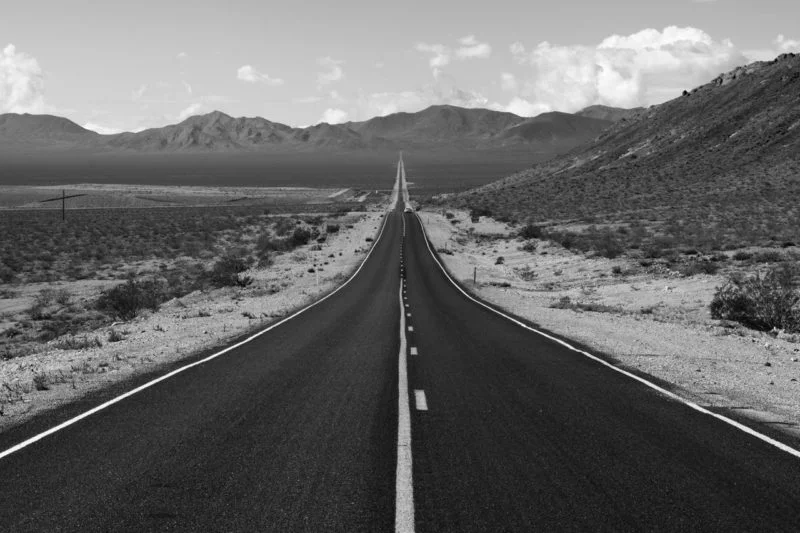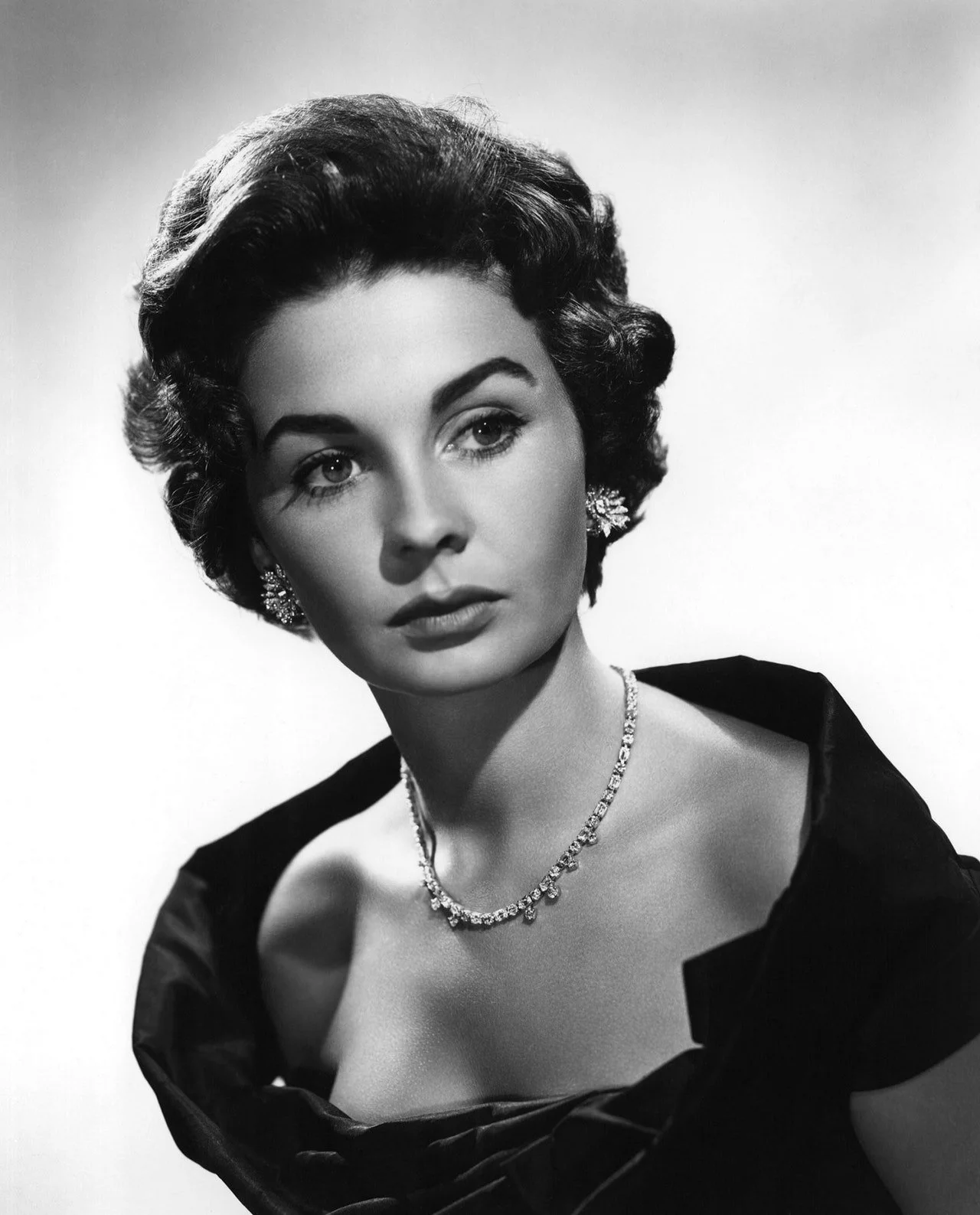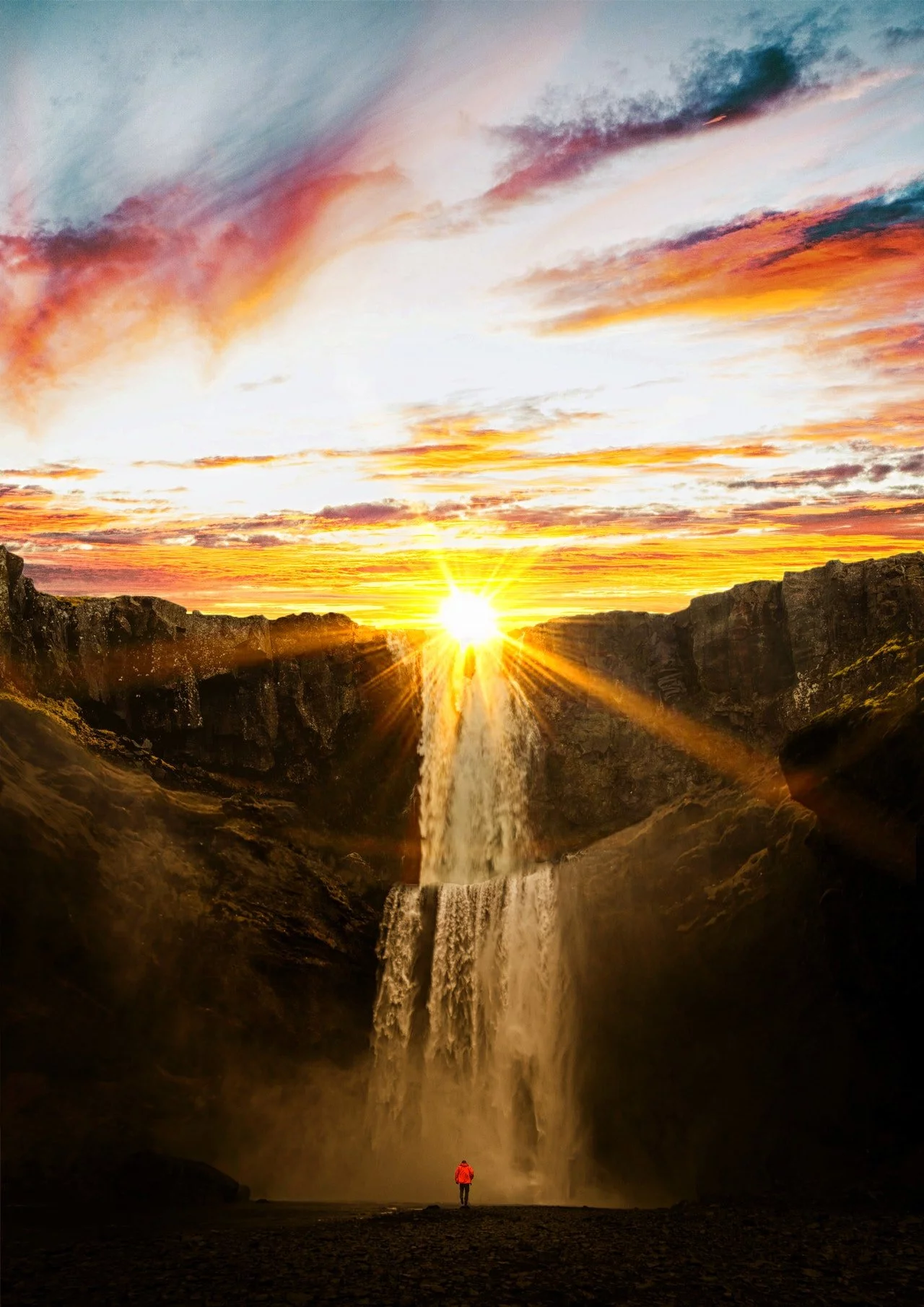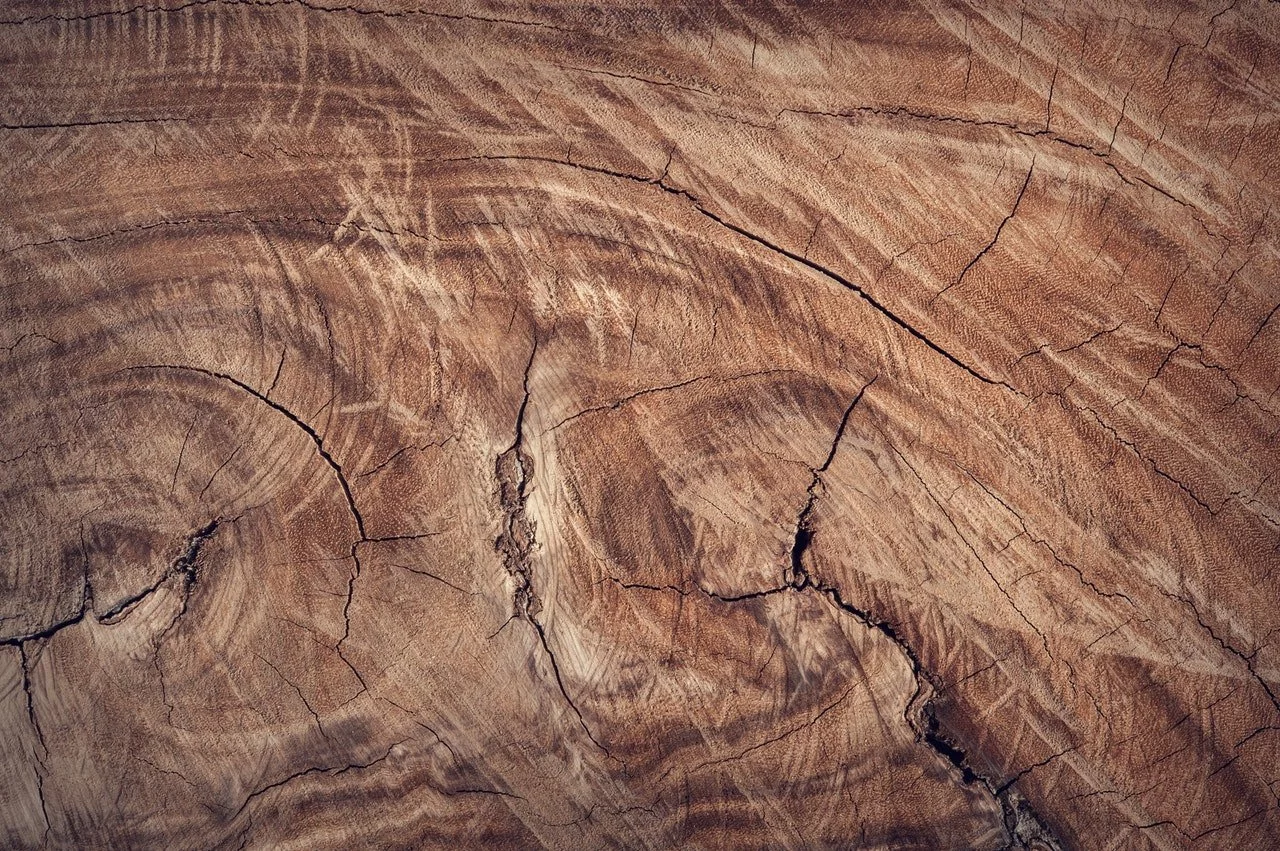Just like the authors of literature, photographers use their own language, the visual language. The viewer can read them to understand the deeper meaning of the picture. But unlike stories and poems, the visual language is unfamiliar to most people. They struggle to find access to the medium. This article will show you what to look for when you want to discover the true value of a photograph.

The photograph is a very democratic medium. We all have albums, smartphones and various social media profiles. And everywhere we have tons of pictures, of food, of landscapes and of ourselves. That is the area of snapshot photography, the only goal of which is the spontaneous photographing of an object, a person or a landscape. In contrast, art photography offers a completely different experience. Art photography is not simply designed to give a glimpse of reality. Rather, thanks to their visual language , they should offer us information, backgrounds and stories or convey feelings and impressions
Central to the imagery – motif and theme
Photographs are created by photographing a motif . A motif can be anything. A mountain, a train station, a person, a flower or a fruit bowl. And every photographer has his own and unique view of things.
The photographer gives the motif a very distinctive interpretation through the imagery, which makes the motif a subject.
Put simply, the motif is a recording of the “what”, while the subject is the “what”. On one hand, photographs can have a very simple topic and a simple focus. The characteristics of a flower, for example, a person or a pattern. Other photographs, for example in photojournalism or surrealist, have a very complex subject. Big or small, simple or complex, whatever the subject, looking at the captured elements in the picture (rivers, people, houses, and so on) is the first step in understanding its meaning.
Composition of the picture
Composition stands for the arrangement of every motif and element in the picture. Sometimes the photographer can rearrange the motifs to create the composition and imagery themselves. We often see that in the field of still life photography. But other areas of photography, such as landscape photography, do not allow such manipulations. Photographs are composed of contours, shapes and lines. When properly structured, the arrangement of contours, shapes and lines can create a visual path that guides the eye of the beholder in a controlled and predictable manner. The eye will wander along this path and lines, colors and shades will draw the viewer’s attention to the next chapter in this visual story.
Focus in the visual language
The focus is an important part of the visual language . It draws the viewer’s attention to certain motifs in the picture. By focusing on a single subject while the background remains out of focus, this subject will stand out from the surroundings. Therefore, this technique is often used for portraits and in animal photography. On the other hand, several motifs can be in focus at the same time, connecting them in a way that tells a story. Furthermore, sharpness can give a subjective impression of the importance of a motif, whereas blurriness gives the impression of speed.

Light
The light makes up an image or can make it unusable. Even the best motifs can appear horrible if they are taken in an unfavorable light. The Hollywood photographers of the 1930s and 1940s knew about the importance of light and used it in their visual language. They used artificial lighting to create what they called “star lighting”. The “Star Illumination” lit up three quarters of a person’s face, creating a dramatic, three-dimensional effect. The result was very flattering portraits of many Hollywood celebrities.
Lesser-known members of the cast were photographed in natural light, which made them appear less like movie stars and more like ordinary people. When photographing outdoors, changes in light will result in variations in shadows. Depending on the time of day and the position of the sun, the same motif can appear striking and beautiful or scary and unnatural.

Contrast in the visual language
The contrast determines the tone of an entire picture and is an important part of the visual language. As a relative difference between the lightest and darkest areas of a shot, the contrast can make an image dark or pleasing, delicate or dramatic. High contrast images have a significant difference between highlight and shadow. Low contrast images are actually only grayscale with little variation between one shadow and the other.
- Photographers use high contrast to attract attention and arouse strong emotions.
- With little contrast , they convey the idea of silence and bliss.
- If an image is primarily made up of dark shades of gray and black (low-key photography), it can appear dramatic, mysterious, or even malicious.
- High-key pictures with light shades of gray and white reveal a lighter and more optimistic atmosphere and give the viewer the impression of joy or freshness.
Color contrast
Every painter has to choose a color palette. And so every photographer has to choose a selection of colors to create different visual effects and convey a mood or idea in the visual language. The range of colors can be striking and bold, or muted and refined. To make expressive and moving color pictures, photographers have to adjust to a completely new “grammar”. In black and white photography , the light creates different tones of black, gray and white and thus the atmosphere of the final picture. In color photography, the greatest dramatic effects are achieved by juxtaposing contrasting colors. The colors on the color scale must be as far apart as possible, for example red and green or orange and blue.
Perspective or point of view
Another element to consider is the way the photographer chooses the position of his camera in relation to the subject. The photographer can photograph the subject from above, from a crane or plane. As a result, he can make large objects appear small. Taking photos from this angle, i.e. from a bird’s eye view , creates a superior or protective feeling for the subject.

A position at eye level creates a deeper connection between the viewer and the subject. This perspective creates the illusion of being directly opposed to the motif. The perspective of eye level is mostly used in portrait photography because it simply conveys the feeling of identification and familiarity. When taking a photograph from a frog’s perspective, i.e. from below, the viewer is in the position of an insect. This is the preferred perspective of photographers who want to create a feeling of vulnerability or fear. From this perspective, even normal motifs seem intimidating.
If you look at the subject, contrast, focus, perspective and composition, you can draw certain conclusions about the content of an image. By focusing on the elements of the photographer’s imagery, you can read the image like a book. This is how you discover what the photographer wants to express. A subject may have been photographed for the sake of the subject. A picture can tell a larger story about a particular area or society. It can aim to provoke emotion or convey an idea. Regardless of motivation, just by taking the time to understand the different elements of a picture, we will discover its true message.
What does visual design mean?
Visual design sounds like a chic description of the composition. But in fact it is an increase. It is not just a question of everything being properly aligned and complying with the rule of thirds . Rather, it is about playing with the flow and dynamics of the picture elements. I would therefore like to discuss the nuances and tools that you can use to improve your composition and make the most of each scene.
In the past, I kept looking at a photograph. And I could almost feel the wind in the scene, or smell the salty air of the ocean. A wonderful visual language. The photographer had taken the picture in a way that brought back memories. Memories of similar scenes that I actually saw. At a very high level, people react to images in a few ways.

Photographs awaken emotions, memories or feelings through what the viewer sees in the picture. In many ways, the viewer’s perception is his reality. When the picture shows a loved one, the viewer is immediately flooded with memories of that person, be they good or bad. These memories can trigger strong emotions. The reaction to the picture can be violent, depending on the emotion triggered. The same applies to scenes of landscapes or seascapes and beaches. The aim of every photographer should be to translate the scene visually using the visual language in such a way that the viewer feels personally addressed or even wants to be in this place.
The goal here is to change your perception in the composition . You have to free yourself from the intellectual restrictions of the rule of thirds and open new ways to explore the possibilities of visual design. Do not get me wrong! I do not want to assume that the rule of thirds is wrong. It is a relevant and useful tool. I’m just saying that it is not the only means available. You also have to find a way to find your very own visual language and your unmistakable visual style . If you follow all the rules 100%, this will be a difficult task.
So your picture will be spectacular!
Light, colors and shapes all play an integral role in visual design. The use of these tools is a good starting point. But now we are discussing some details that will lead us to more effective visual design decisions. The idea here is to make your good picture really spectacular. The following additional elements are included here:
- Shape
- Color and color relationships
- Structures
- Uniformity
- Coherence
- Balance and rhythm
- Positive and negative space
- Shape and structure
Form is very close to form, but in this context of visual language, I refer to form in a three-dimensional sense. The shape expands when the shape of the motif is highlighted by side light. When the sun illuminates a round, polished boulder from the side, the round shape of the rock is brought to bear. This gives the viewer more information about the motif. Lateral light also highlights the structure of the motif. This is also key information about the motif. With side lighting, you can bring out the shape and shape of the motif in such a way that the viewer can almost feel the three-dimensional aspects. This is a really powerful approach to communicate visually.

If you really want to convey form and structure in your picture, the side lighting is your best friend. Soft side light is all the better. It is very important to recognize that side lighting enhances the dimensionality of your picture. Try it out on your next excursion. Watch where the sun is shining from and take a picture of the subject with the sun over your shoulder. Then move to one side of the subject and take another picture. The result will surprise you. And if you do this in the soft light of sunrise or sunset, the results will be much better.